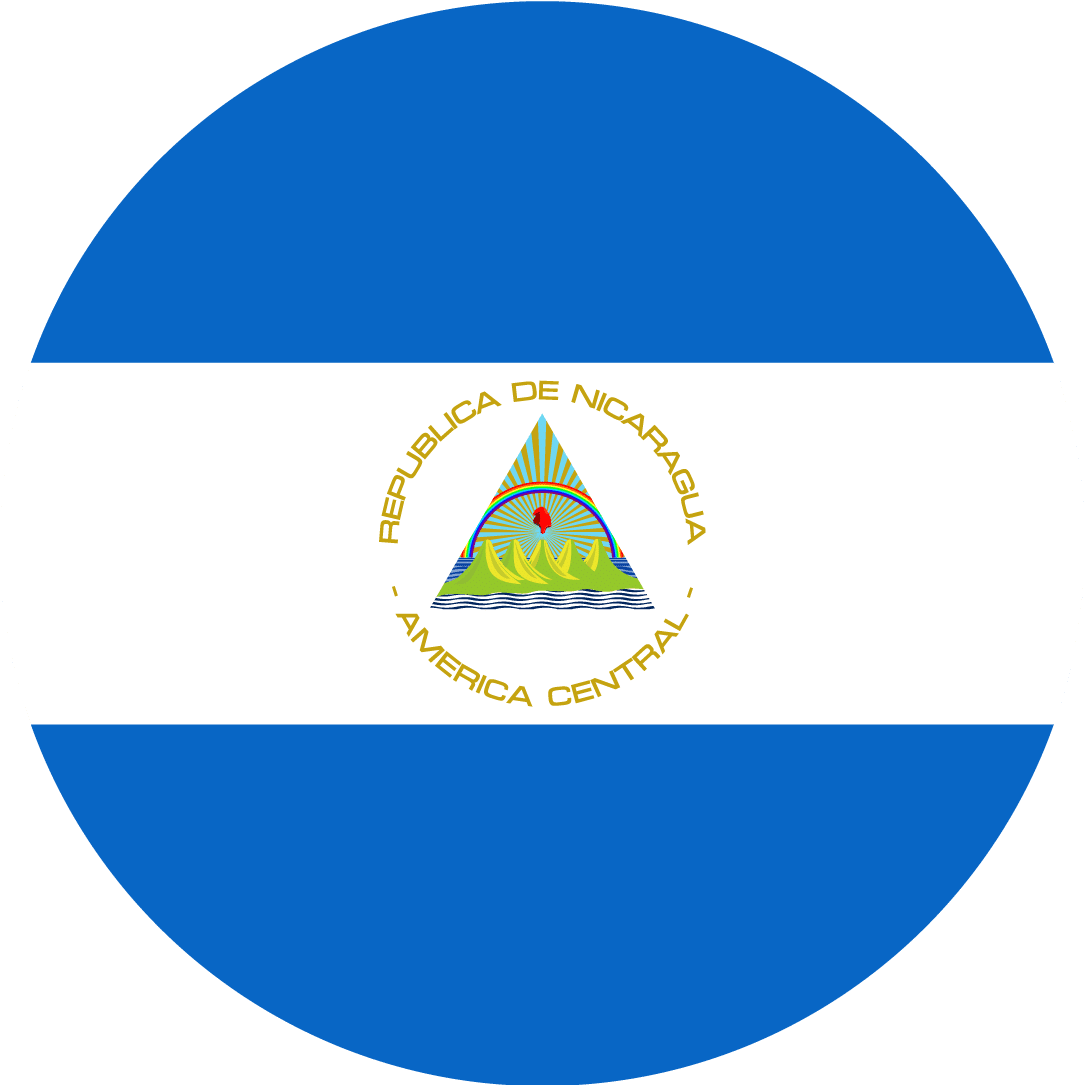Throughout history, the movements of people around the world have been documented, whether for forced or voluntary reasons, economic, familial, or personal. The fact remains that migration is inherent to human nature. In today’s increasingly interconnected, globalized, and universal world, the need for companies to expand beyond their geographical boundaries is undeniable.
Latin America, stands out as one of the most attractive continents for employee relocation and expatriation due to its natural richness, cultural diversity, and even greater potential in corporate development and logistical mobilization benefits among its countries. This, coupled with the significant population it encompasses, including emerging economies like Mexico and Brazil, or dynamic and historically important nations like Argentina, Colombia, Venezuela, and Panama, highly influence intra-regional migration and play a significant role in the global mobility industry.
What drives intra-regional migration in LATAM?
Intra-regional migration in Latin America is influenced by a variety of factors, including regional blocs and treaties, nearshoring, digital nomad visas, remote work opportunities, favorable business environments, cultural similarities, investment from American and European companies, and sustainable development initiatives like green mobility.
These elements collectively shape the movement of people within the region, driving economic growth and social integration. By fostering cooperation and safeguarding migrant rights, Latin America has the potential to harness these trends for collective prosperity and a cohesive future. As regional collaboration strengthens, the benefits of migration can be maximized, promoting a more unified and thriving Latin America.
Now, let us examine each of these factors individually to gain a deeper understanding of how intra-regional immigration in LATAM influences global mobility and employee relocation:

1. Regional Associations & Treaties
Certain elements in the international law landscape have fostered mobility, such as regional associations like MERCOSUR, CELAC, CARICOM, and CAN, which are regional blocs promoting economic and political integration in Latin America and the Caribbean, offering numerous benefits for intraregional movement.
- MERCOSUR, facilitates the free circulation of goods, services, and people among its members, boosting trade and fostering an expanded market.
- CELAC, by including all countries of Latin America and the Caribbean, strengthens political and social cooperation, promoting dialogue and joint action on issues of common interest such as education, health, and security.
- CARICOM, on the other hand, works on the economic integration of its member states by eliminating trade barriers and implementing common policies that favor the mobility of people and capital. It also promotes cooperation in areas such as tourism and disaster management.
- CAN, facilitates the integration of Bolivia, Colombia, Ecuador, and Peru, promoting a common market that facilitates trade and investment, as well as the free movement of people.
These regional blocs collaborate to enhance intraregional integration by improving infrastructure, connectivity between member countries, and fostering economic and social development through cooperation and exchange. Consequently, immigration within the region becomes more accessible and streamlined.
Furthermore, these associations are increasingly advancing agreements and treaties for free movement and tax facilities among member countries. These initiatives not only ease the movement of people but also promote equal rights among nations, instilling confidence in companies to conduct business and facilitating talent acquisition both locally and in the broader market.
2. Nearshoring
Another phenomenon to consider in intra-regional migration within LATAM is “nearshoring” as a strategy for relocating operations, which has gained momentum in Latin America in the context of global mobility.
This trend aims to transfer productive activities and services to nearby countries, leveraging benefits such as lower transportation costs, similar time zones, and cultural affinities.
In the Americas, this practice has been driven by companies’ need to mitigate risks associated with long and complex supply chains, exacerbated by the pandemic and international trade tensions.

Particularly, countries like Mexico, Colombia, Brazil, etc. are emerging as attractive destinations for nearshoring, offering a combination of skilled labor, competitive costs, and a favorable business environment. Additionally, regional integration through treaties such as the USMCA (United States-Mexico-Canada Agreement) and the Pacific Alliance strengthens this trend, facilitating intra-regional trade and investment.
Nearshoring also promotes local economic development, generating employment and strengthening the industrial capabilities of recipient countries. Moreover, it fosters collaboration between businesses and governments to improve infrastructure and regulatory frameworks, adapting to the demands of a dynamic and competitive global market. Thus, nearshoring emerges as a key strategy for resilience and economic growth in Latin America.

3. Digital Nomad Visas & Remote Work Opportunities
Within recent trends in immigration, figures such as “digital nomads” have emerged, particularly in Latin America, driven by various factors that highlight the region’s abundance of natural resources and favorable policies.
“Digital nomads”, professionals who leverage technology to work remotely, are drawn to Latin America for many reasons, one of the most popular is its relatively low cost of living, and culturally enriching environment.
Moreover, several Latin American governments have implemented specific “digital nomad” policies and visa programs to attract remote workers. These initiatives aim not only to promote tourism but also to lure qualified professionals who contribute to the local economy through their consumption of goods and services. For instance, Barbados and Costa Rica have introduced special visas for remote workers, facilitating extended stays, and an increasing number of other countries, including Argentina, Ecuador, and Panama, are following suit.Plus, the availability of high-speed internet, crucial for digital nomads, has also significantly improved in the region, especially in urban and tourist areas.
This movement mirrors a global trend towards flexible work arrangements and a quest for more balanced lifestyles intertwined with nature. In this regard, Latin America emerges as a privileged destination, offering not only the allure of its natural resources but also a conducive environment for the professional growth of digital nomads.
4. American & European Company Investment
The increasing flow of investment from American and European companies into Latin America is also reshaping regional dynamics, driving intraregional mobility, and impacting global migration. This positive trend has generated significant economic opportunities, fostering the creation of local jobs and the development of key infrastructure.
Additionally, it has facilitated the transfer of knowledge and technology, strengthening local capacities and enhancing regional competitiveness.

In terms of migration, business investment has led to an increase in labor mobility within the region, with skilled workers moving towards areas of economic growth. This has not only reduced emigration to other regions but has also had a positive effect on the social and economic stability of recipient countries.
Thus, the influx of investment from American and European companies into Latin America is reshaping the region, fostering economic growth, and encouraging skilled labor to stay within the area rather than seek opportunities elsewhere. This trend not only boosts local economies but also enhances regional stability and competitiveness, paving the way for a brighter and more sustainable future.

5. Sustainable Development Through Green Mobility
It is important to highlight that Latin America is also an important avenue for establishing sustainable development in its countries, through ecological projects that are increasingly gaining prominence in the global mobility movement. Initiatives such as reforestation, the use of renewable energies, and the implementation of green infrastructures are promoting sustainability in cities.
These projects aim not only to reduce carbon footprint but also to improve the quality of life of local communities. Sustainable mobility policies, supported by international and regional cooperation, are facilitating the movement of people in a more ecological and efficient manner.
Additionally, the integration of clean technologies into public transportation and the promotion of non-motorized modes of transportation, such as cycling and walking, are crucial. Thus, Latin America is progressing towards greener and more equitable mobility, aligned with global sustainability goals.
6. Favorable Business Environments & Cultural Similarities
Favorable business environments and cultural similarities within Latin America serve as significant drivers for intra-regional migration, fostering economic opportunities and social integration.
Latin American countries often share similar business regulations, economic policies, and market structures, creating an environment conducive to entrepreneurship and business expansion.

This consistency reduces barriers for companies looking to establish operations in neighboring countries, leading to increased intra-regional investment and job creation. Moreover, the presence of favorable business conditions, such as tax incentives, streamlined bureaucracy, and access to skilled labor, attracts foreign companies seeking to tap into the region’s growing markets.
Additionally, Latin America boasts cultural similarities rooted in shared histories, languages, and traditions among its nations. This cultural affinity facilitates interpersonal connections and eases the process of integration for migrants relocating within the region. Familiarity with language, customs, and social norms fosters a sense of belonging and community, making it easier for individuals and families to adapt to their new surroundings and contribute to the local economy.
Opportunities and Challenges of Latin America’s Intra-regional Migration
It is crucial to underscore that the intra-regional migration movement in the Americas brings forth significant challenges and opportunities amid a positive trajectory. With increasing mobility across the continent, challenges arise, including the necessity for coordinated migration policies to safeguard the security and rights of migrants, alongside effectively managing socio-economic demands in recipient countries. Moreover, the integration of labor and culture among migrants is pivotal to maximize the economic and social benefits of intra-regional migration.
However, this movement also encounters obstacles such as discrimination and xenophobia, which can impede successful integration. Hence, reinforcing and promoting regional cooperation, rights protection mechanisms, and inclusive policies is imperative to acknowledge and leverage the contributions of migrants towards sustainable development and regional cohesion in the Americas.
In summary, Latin America’s intra-regional migration is shaped by a complex interplay of economic, political, and cultural factors. Regional agreements like MERCOSUR and corporate strategies such as nearshoring drive mobility, while the rise of digital nomads reflects the region’s appeal for remote work. Investment from American and European companies fuels development but also poses challenges, requiring inclusive policies to address discrimination and ensure sustainable integration.
By fostering cooperation and safeguarding rights, Latin America can leverage migration for collective prosperity and a cohesive future.
LARM serves as a cornerstone in facilitating the seamless individual and employee relocation within the region. Their expertise and expansive network across 28 countries in LATAM allow them to offer tailored solutions to companies and individuals alike. From visa assistance to cultural orientation and logistical coordination, they provide comprehensive support to ensure smooth transitions for their clients.

























































